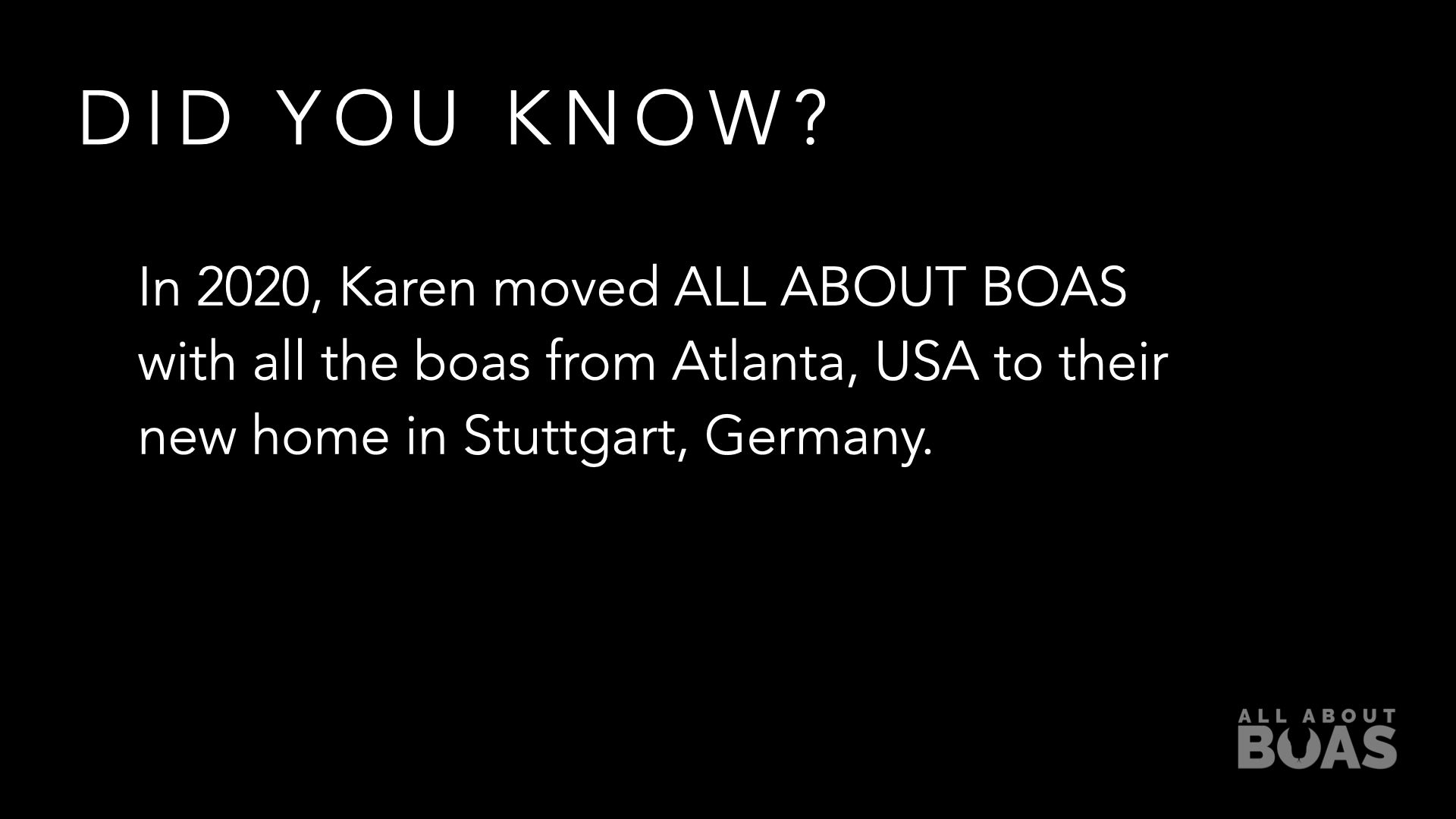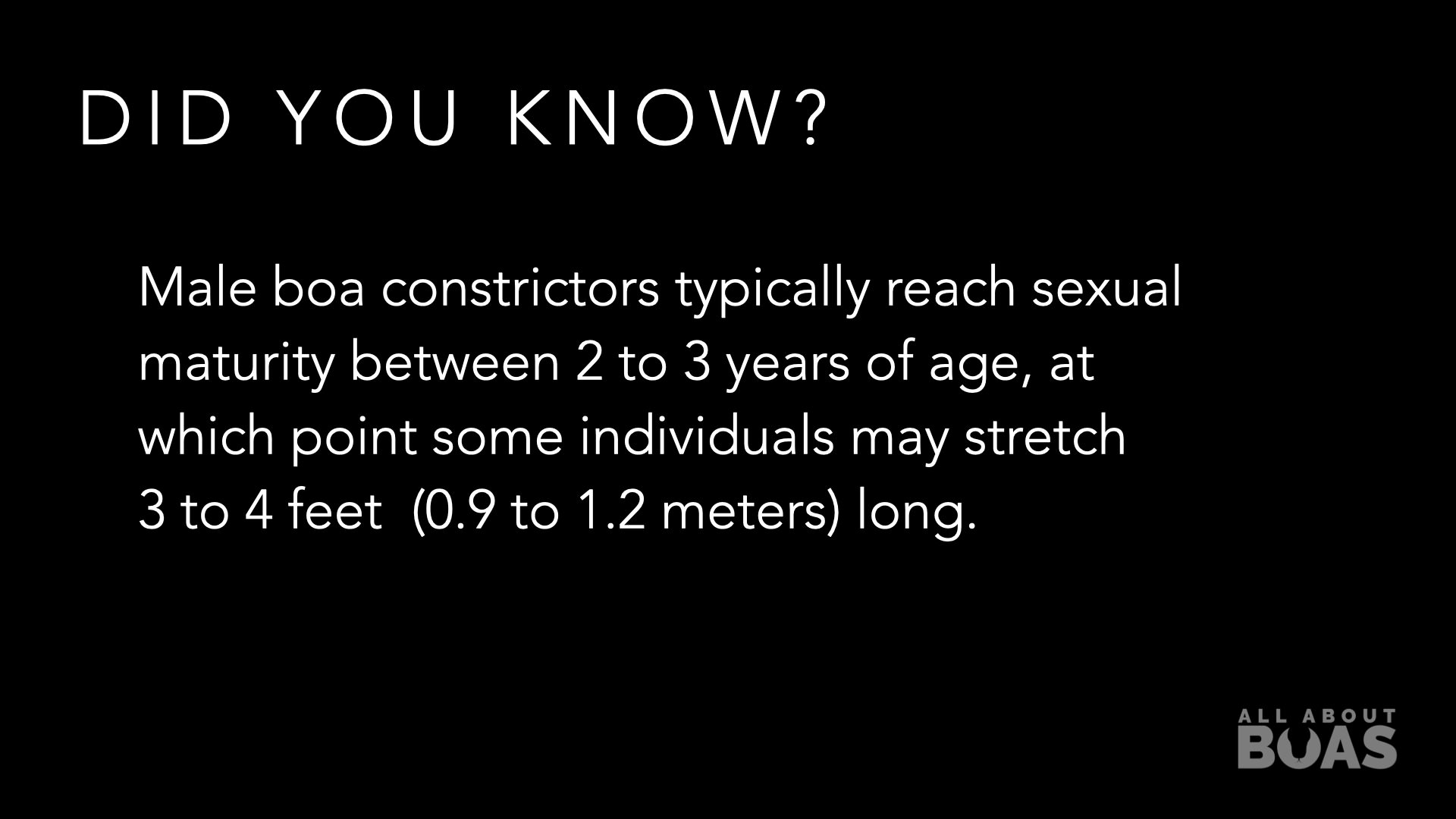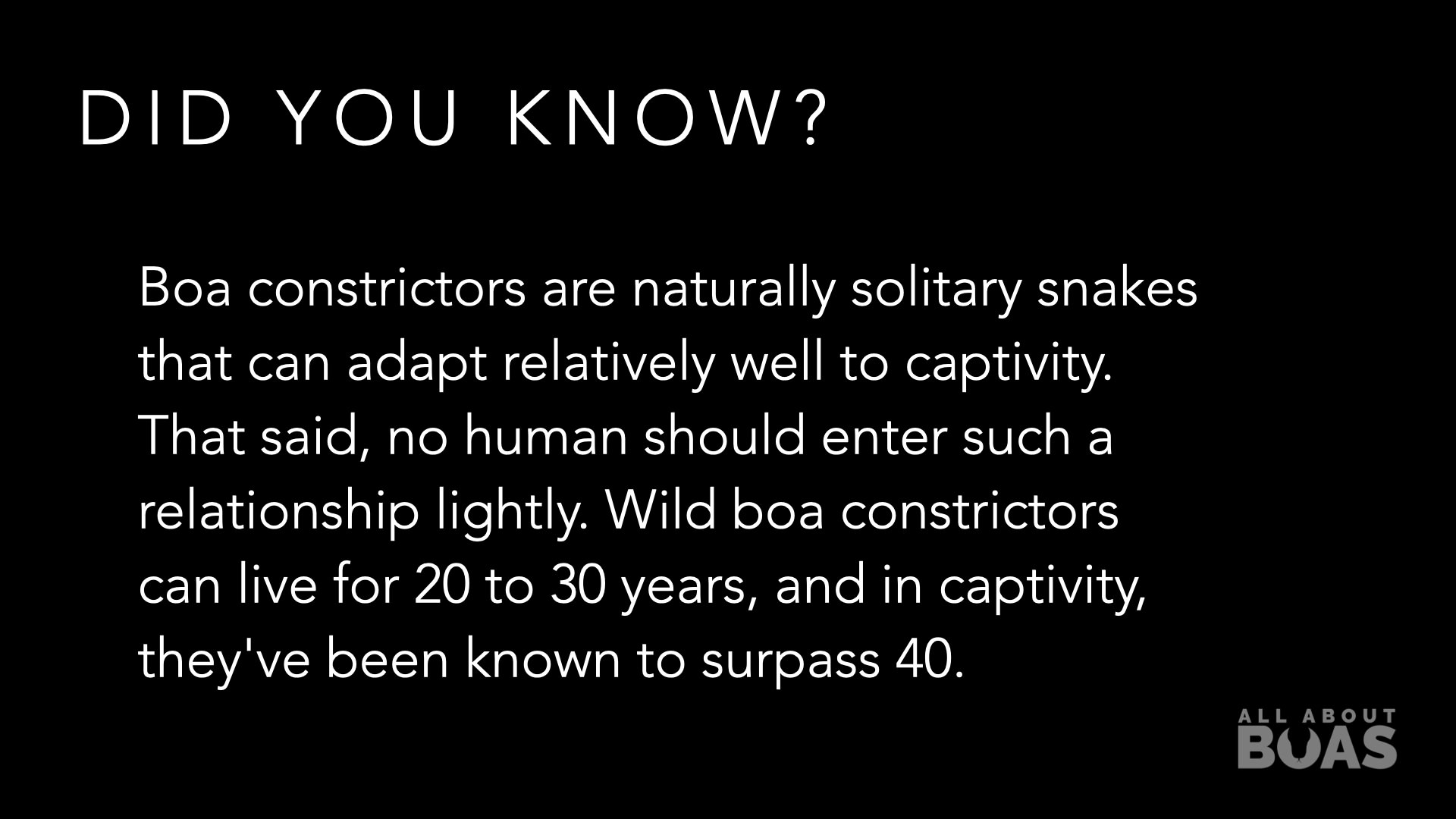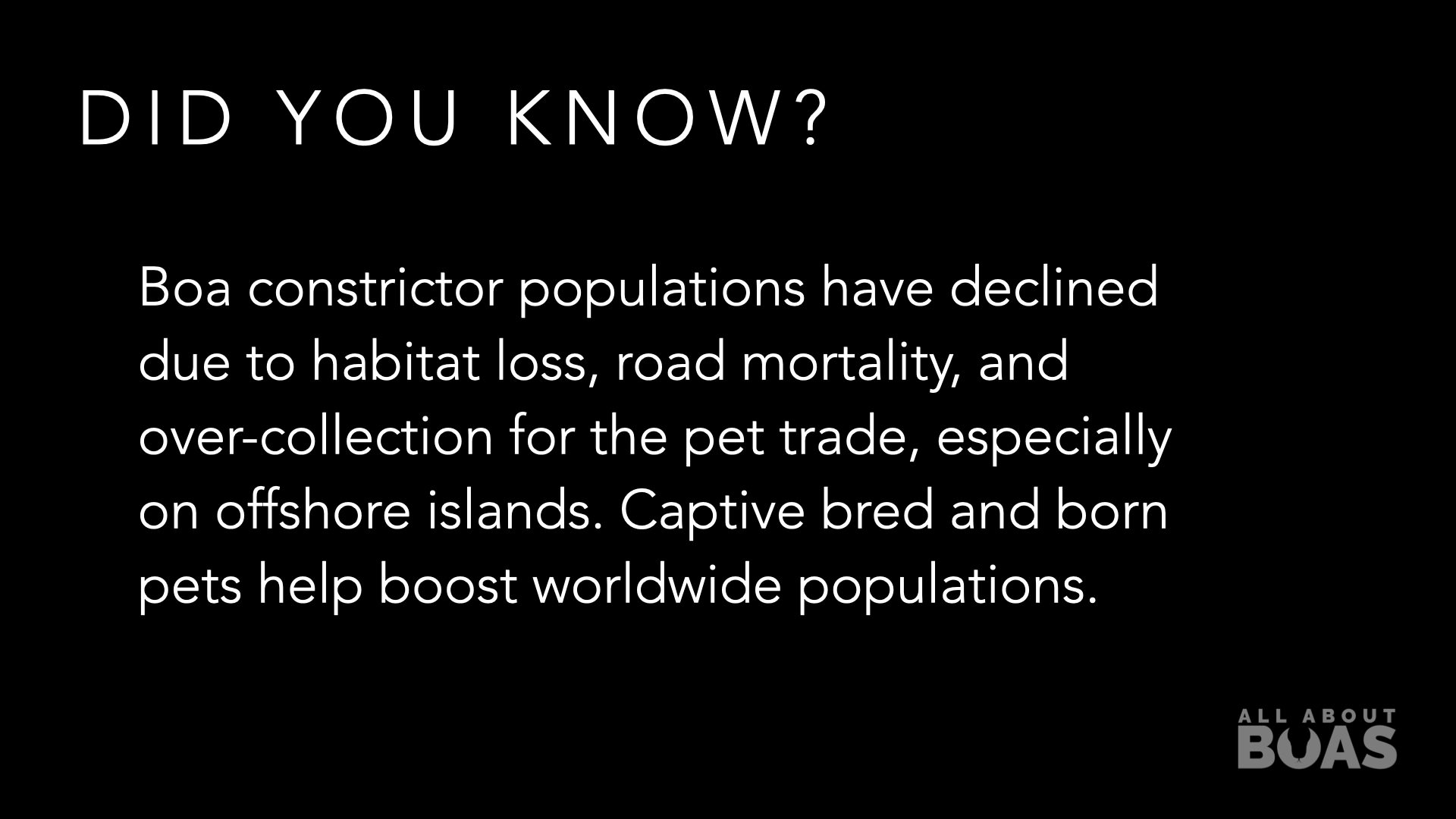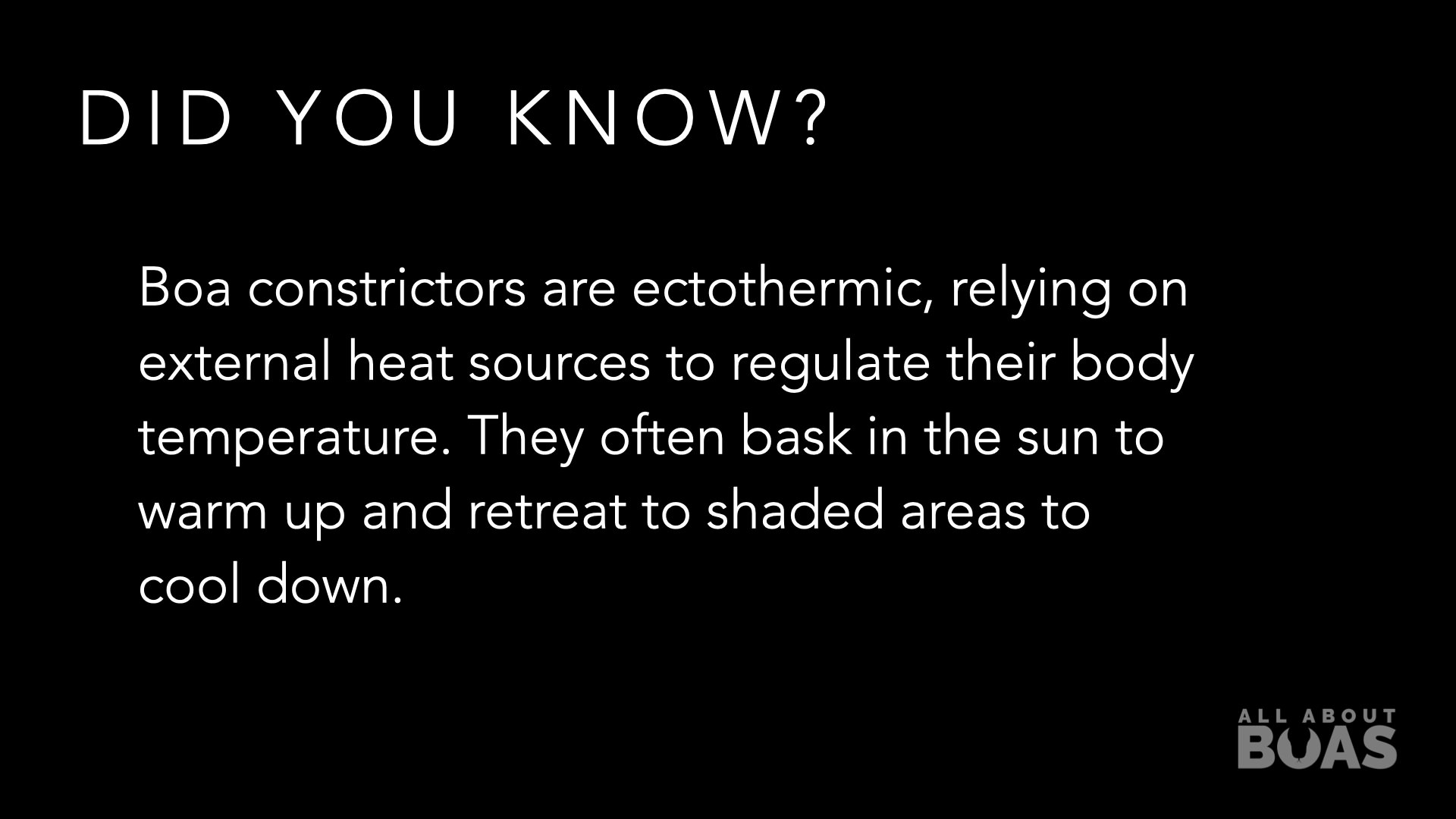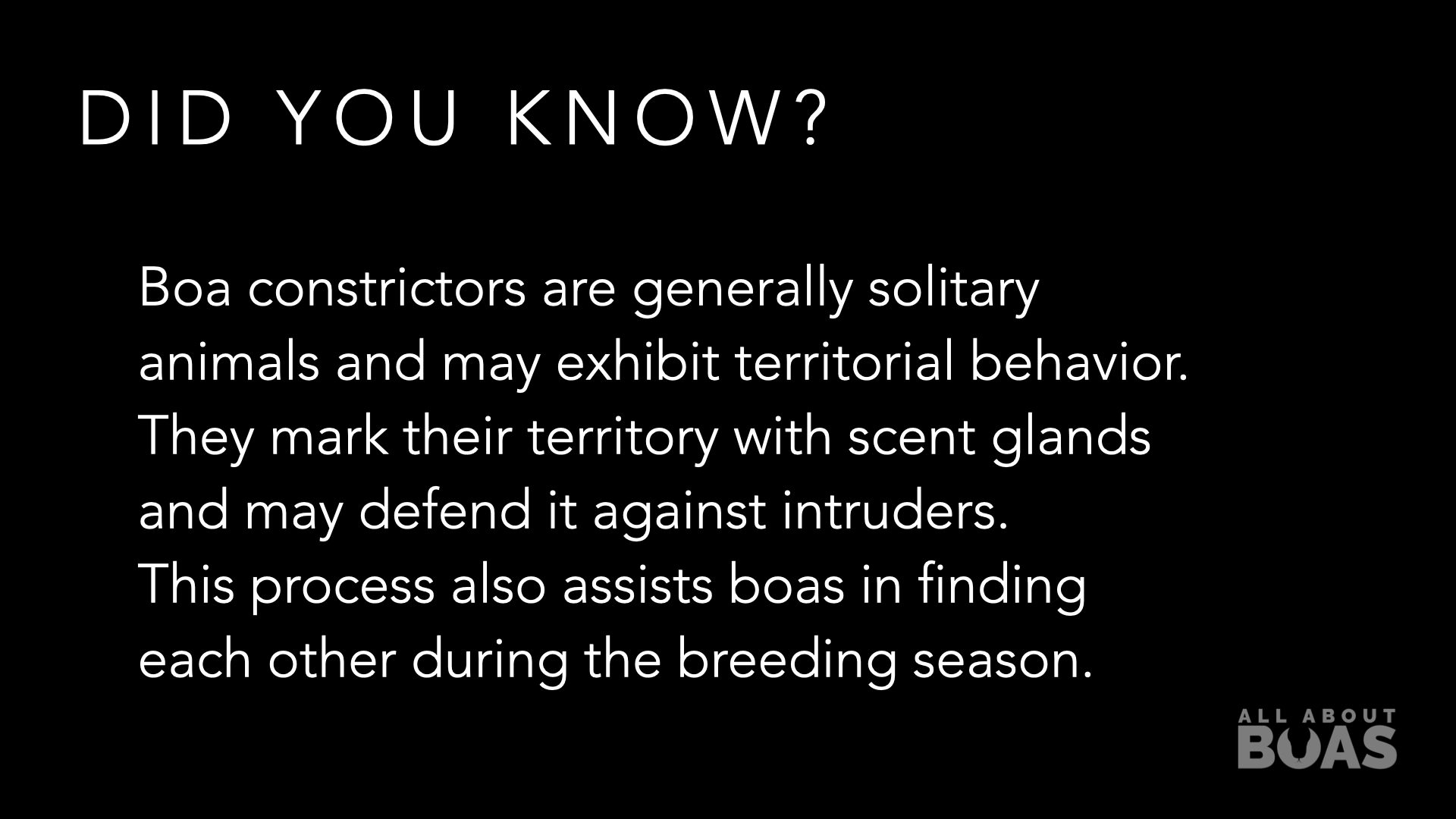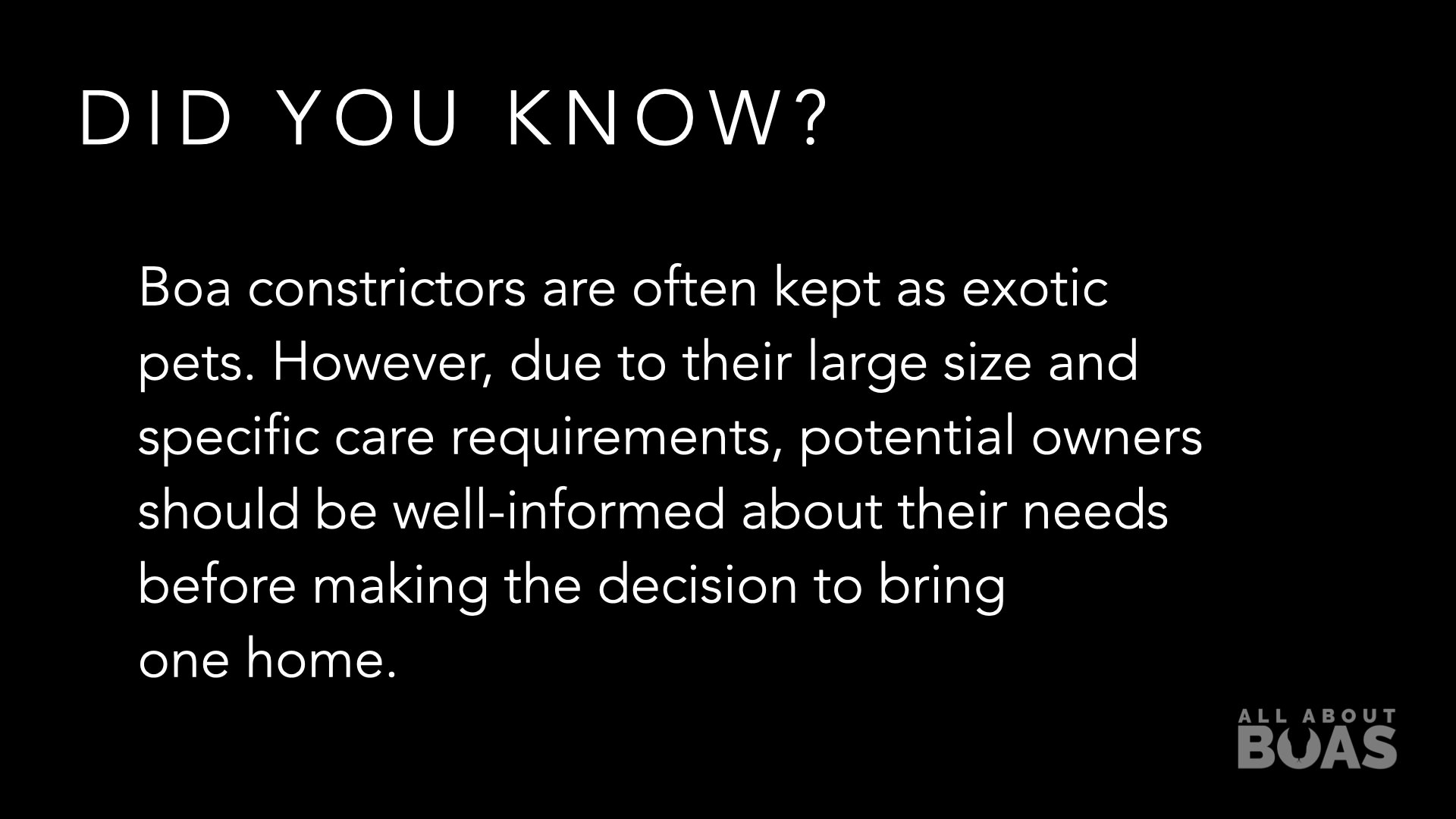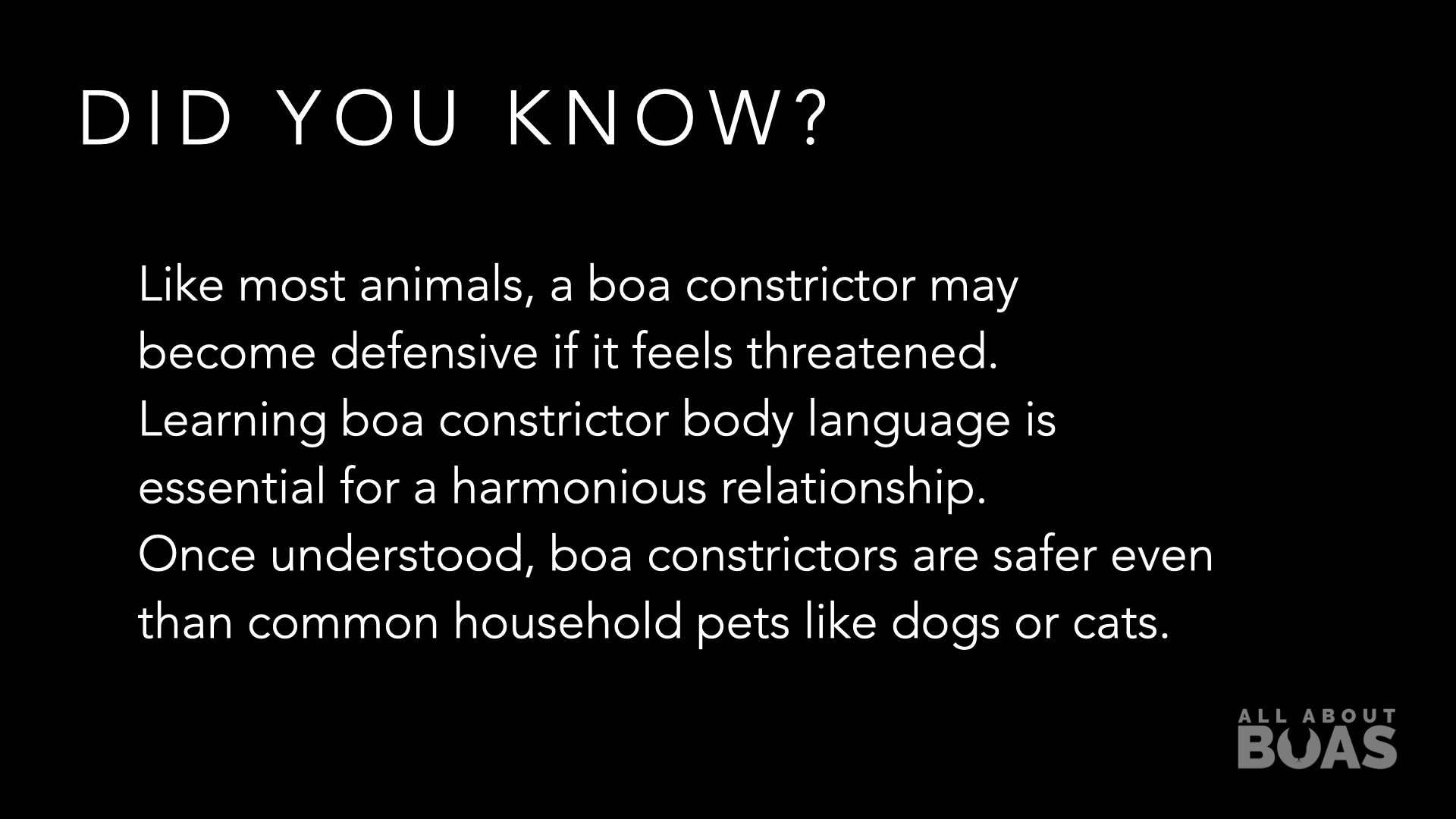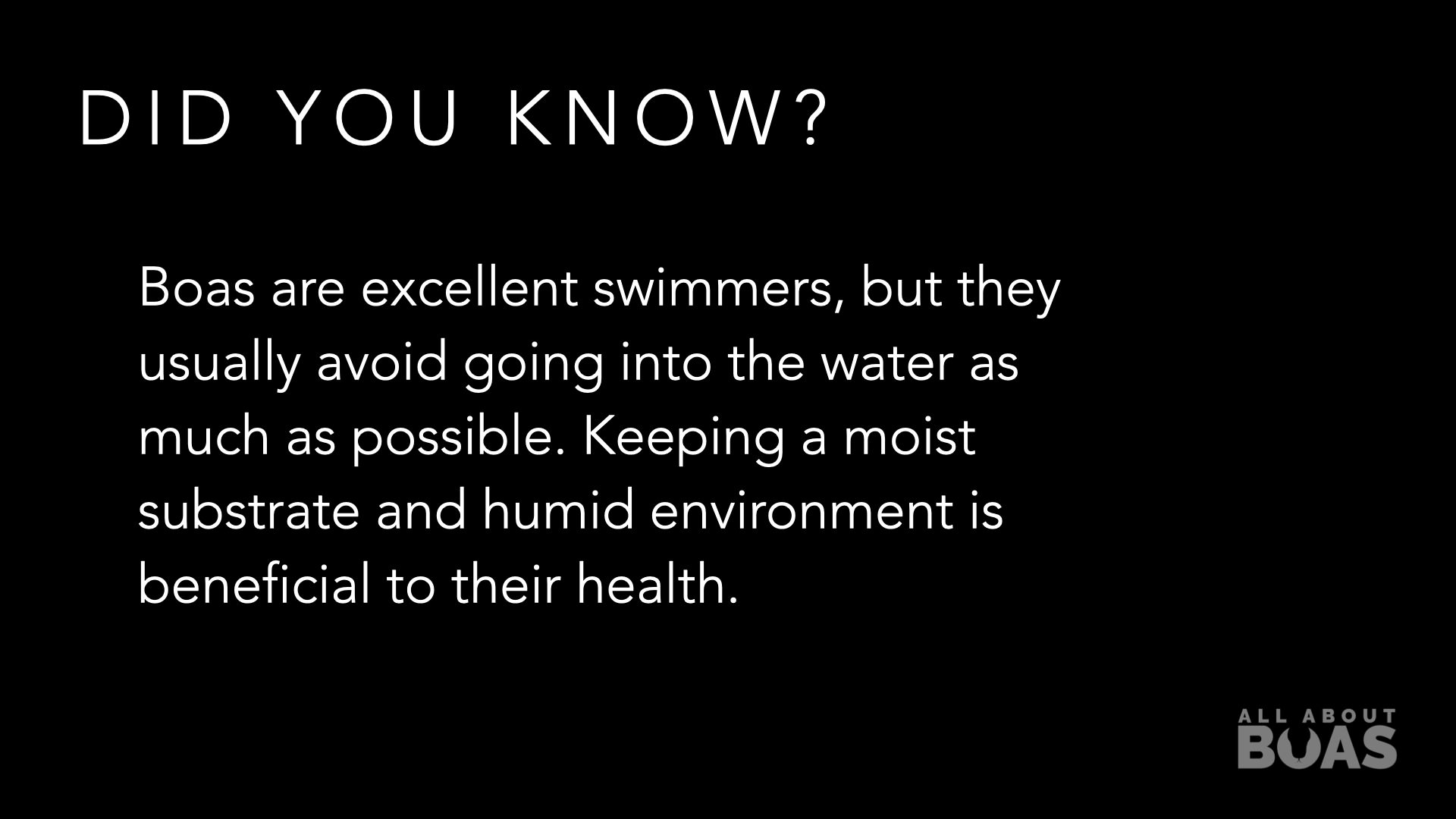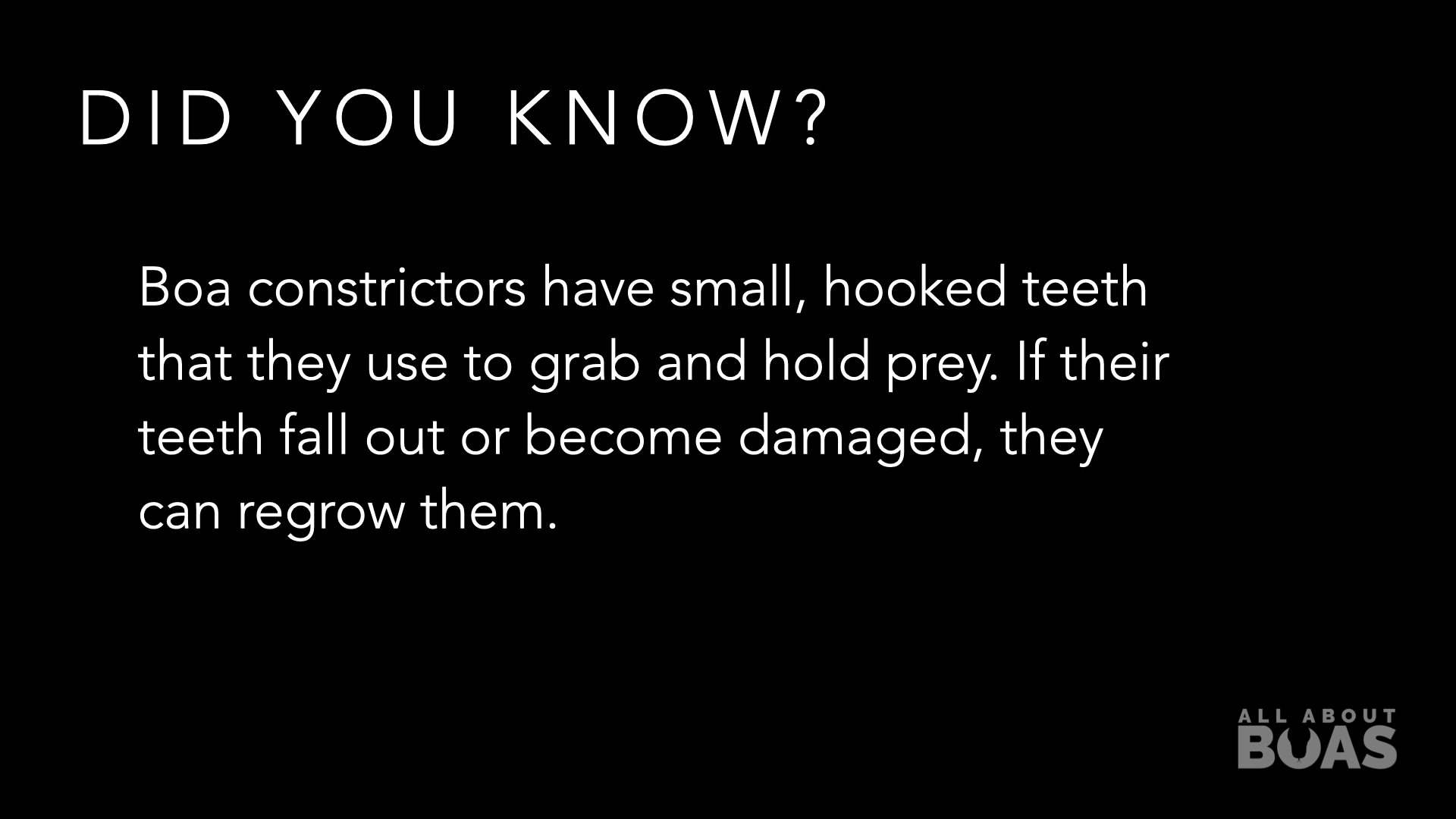A "dwarf" boa constrictor refers to a smaller subspecies or locality of the boa constrictor (Boa constrictor) species. These smaller boas are commonly referred to as "dwarf boas" due to their reduced size in comparison to other members of the species. There are several recognized dwarf boa constrictor subspecies, each originating from specific regions in Central and South America. Some of the well-known dwarf boa constrictor subspecies include:
-
Hog Island Boa Constrictor (Boa constrictor imperator - Hog Island locality): Hog Island boas are a specific locality of the Colombian boa constrictor imperator found on the Hog Island in Honduras. They are known for their smaller size, making them one of the most popular dwarf boa constrictor subspecies among reptile enthusiasts. Hog Island boas typically reach around 4 to 6 feet in length, with some individuals staying even smaller.
-
Caulker Cay Boa Constrictor (Boa constrictor imperator - Caulker Cay locality): Caulker Cay boas are another locality of the Colombian boa constrictor imperator, native to the Caye Caulker island off the coast of Belize. They are known for their reduced size and often exhibit vibrant colors and patterns. Caulker Cay boas are relatively small, with adults averaging around 4 to 5 feet in length.
-
Tarahumara Boa Constrictor (Boa constrictor imperator - Tarahumara locality): Tarahumara boas, also known as Mexican dwarf boas, are found in the Tarahumara region of Mexico. They are smaller than many other boa constrictor subspecies, with adults reaching an average length of 4 to 6 feet. Tarahumara boas are valued for their striking appearance and manageable size.
It's important to note that while these boa constrictor subspecies are smaller than their counterparts, they still require proper care and attention to thrive in captivity. Despite their reduced size, dwarf boas have similar care requirements concerning habitat, temperature, humidity, and diet. As with all reptile species, it's crucial for keepers to provide a suitable environment and meet their specific needs to ensure the well-being of these fascinating snakes.




